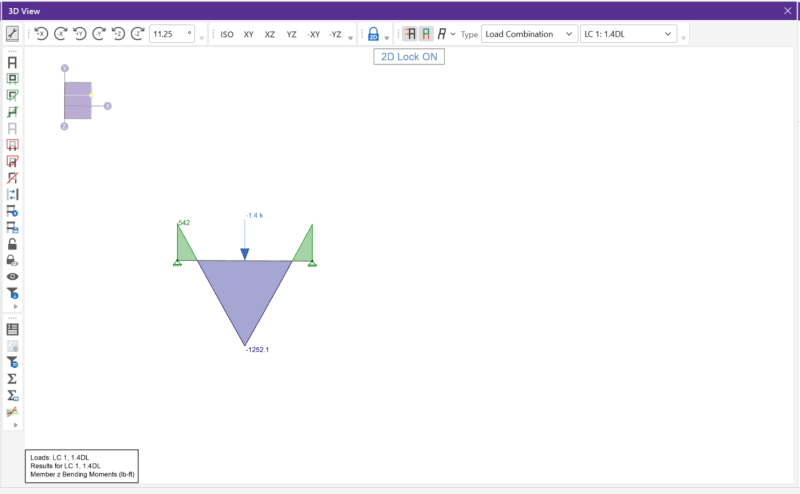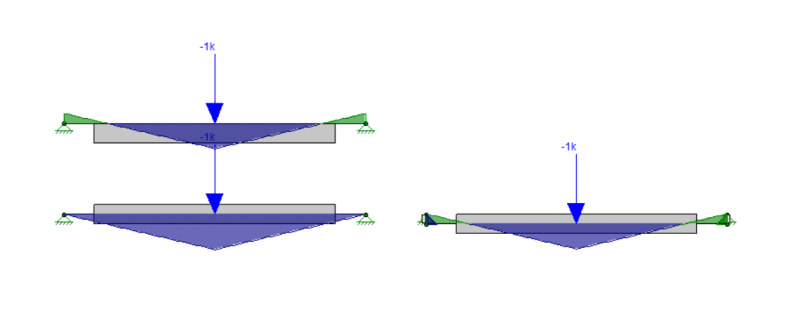A real common post war method to build around here is:
24 foot wide house, bearing walls down the exterior, with one line of beams/posts up the centre.
...
I was called out to a 3 level house once built this way. The owners wanted to open-concept the basement, so they just removed all the posts. 2 full occupied floors above the basement, bearing down on nothing. the floor was deflecting obviously, about a foot from flush.
...
the whole house, just being held up by the broken floor plate, acting like a kind of tent/shell. the plywood over the joists creating a "net" so to speak.
having seen that, i have no time for arguments like we had here the other day, about how long we should calculate header spans over windows, giving or taking 3".



